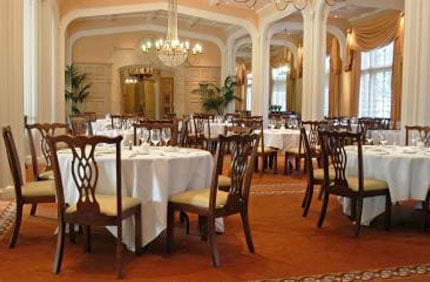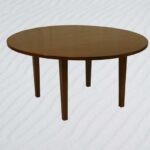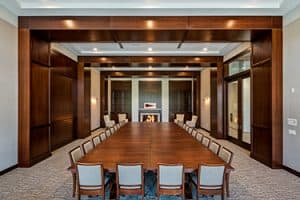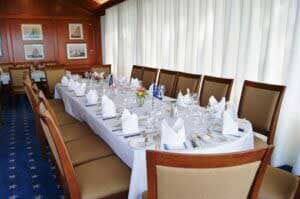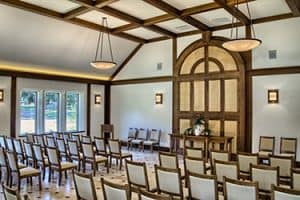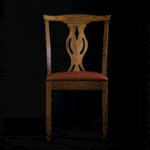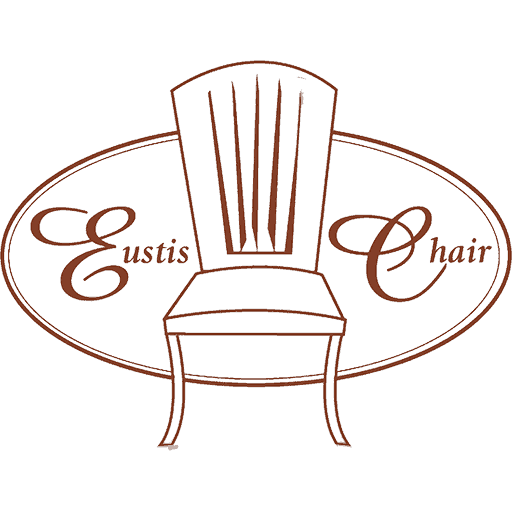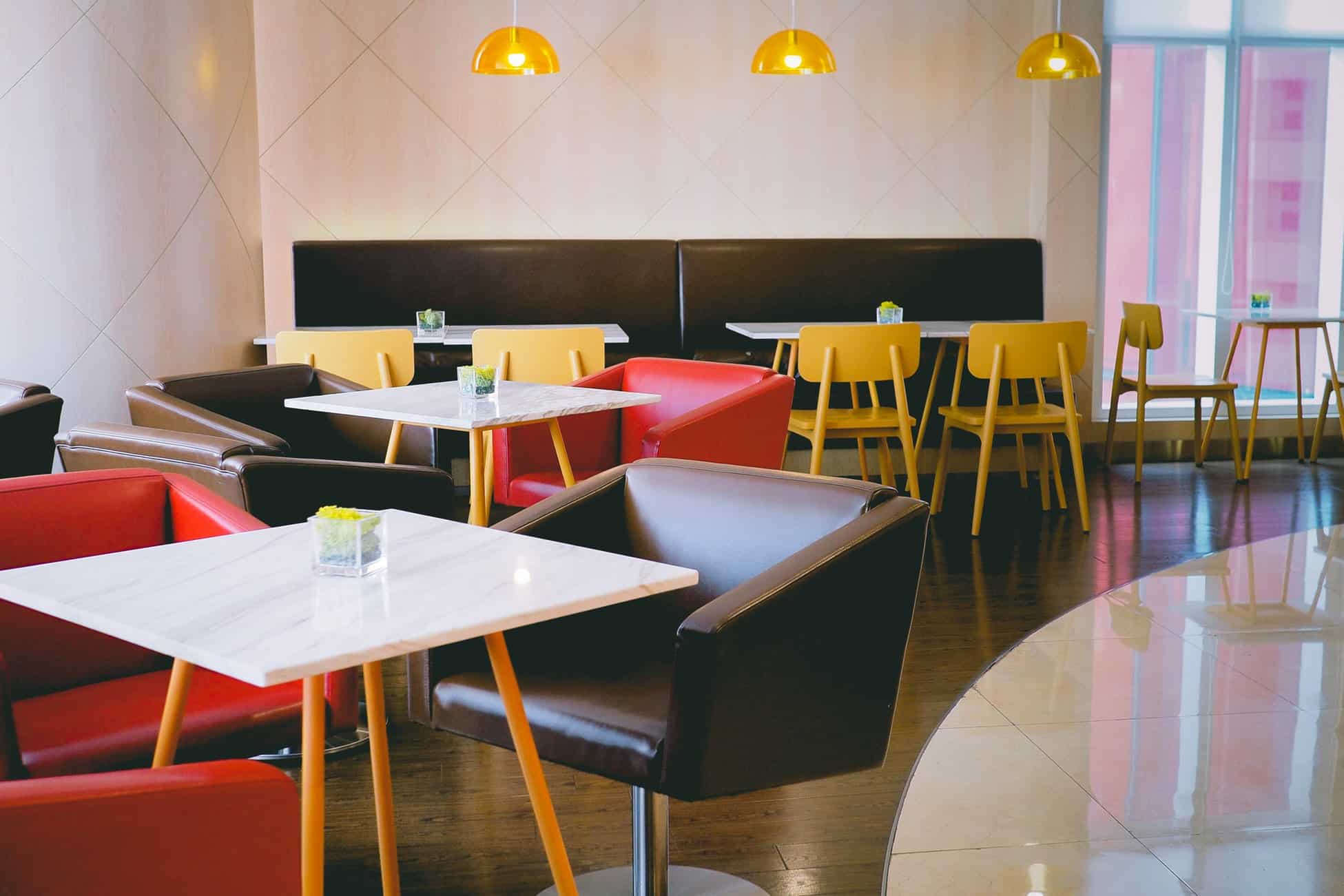Which seating material is best for institutions?
It wasn’t until the twentieth century that wood chairs found serious competition. Shifting architectural trends and technological processes brought about the popularity of metal and plastic as the de-facto seating material. Metal and plastic chairs are automatically connected with contemporary settings; they’re often viewed as the most cleanest and cost-effective construction options.
With these three options it may be hard to make a choice, even with the best comparisons out there. Should you get steel or wood chairs? Or is plastic the way to go? What are your options based on what’s important for your institution?
We’ve thought to compare all three materials together to judge which of the three is the best material to use for your seating. Each material is rated on a scale of one to five, in all of the following categories:
1. Aesthetic. Does it look nice? Does it match the architecture and interior design?
2. Comfort. Does it feel good to sit in it? Is it comfortable? Does the back, seat, and height support the body well?
3. Cost. Is the price low? Is it cost-effective?
4. Durability. does it last a long time? Will it break under the daily demands of a busy setting?
5. Eco-friendly. is it sustainable? Does it help the environment?
Since our niche is in wood chairs, we may seem biased in our ratings. Let us know if we should change the scales of any category; we tried to rate them as generally as possible.
Steel and Metal Chairs
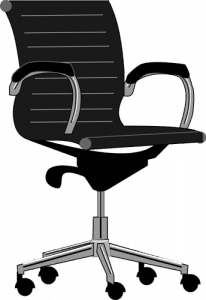
The most common metals used for chairs include iron, aluminum, chrome, and steel. Stainless steel is most in demand for being easy to clean and toughness.
Rankings:
1. Aesthetic: 3/5
2. Comfort: 4/5
3. Cost: 4/5
4. Durability: 5/5
5. Environmentally friendly: 2/5
Total: 18/25
Pros: Steel and metal chairs are at the best intersection between durability, comfort, and cost. Nothing beats the stubborn nature of steel: no matter what happens to it over the course of a lifetime, a steel chair will stay steadfast against breakage or cracks. Its comfort ranks highly due to its firm, unwavering support. The cost savings are nothing to sniff at.
Cons: Aesthetic and its eco-friendliness. There isn’t much variety in metals suitable for long-term furniture use, as other metals run the risk of rust. Metal also suffers from being bad for the environment, as its finishes can contain highly toxic compounds like hexavalent chromium.
Plastic Chairs
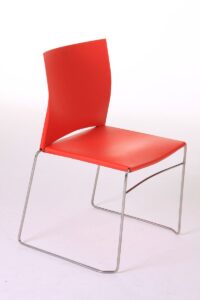
Plastic is the easiest to construct and deliver in bulk; several manufacturers embrace plastic as their go-to seating material, and this preference has inundated the market with plastic seating. Its easy access also makes plastic the most inexpensive material, which can be the crucial feature for budget-conscious institutions.
Rankings:
1. Aesthetic: 4/5
2. Comfort: 3/5
3. Cost: 5/5
4. Durability: 2/5
5. Environmentally friendly: 1.5/5
Total: 15.5/25
Pros: Cost and aesthetic. Plastic is the clear winner in price, being the most economical choice as a construction material. It also wins as a malleable material, contorting to any shape an architect or designer dreams of.
Cons: Durability and eco-friendliness. Being the weakest material of our three, plastic chairs degrade much faster than wood or metal chairs do under daily use. And even the most enthusiastic plastic supporters admit that “plastics have created a contaminated, toxic world”; it simply has no place in any environmentally-minded institution.
Wood Chairs
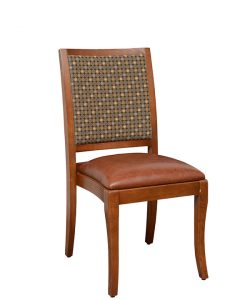
You’re definitely in the right place for durable wood chairs! Wood was the historic default material for furniture, with many centuries of styles and design elements to choose from.
Rankings:
1. Aesthetic: 5/5
2. Comfort: 5/5
3. Cost: 3/5
4. Durability: 4/5
5. Environmentally friendly: 5/5
Total: 22/25
Pros: Aesthetic, comfort, and eco-friendliness. Rooms are made all the more beautiful with the natural touch hardwood provides; the wood grain draws the eye and the classic charm gives warmth to the rest of the space’s design. We’ve written about why hardwood seating is optimized for comfort, more than any other material. Best of all for modern concerns, wood is the most sustainable chair material, and in fact a cornerstone of our business.
Cons: Cost. We make it no secret that wood chairs are the priciest option. However, assuming our joinery is used these chairs will more than make up for the upfront cost.
So, which seating material is the best fit for your needs?
It depends on what you consider most important. We’ve demonstrated that wood chairs rank highest overall, but metal and plastic shine in areas that wood does not. That being said, wood is the clear choice if you’re truly committed to sustainability, comfort, or design. If you’re committed to durability too, don’t worry: our joinery bumps the Durability category up to a 5/5.













